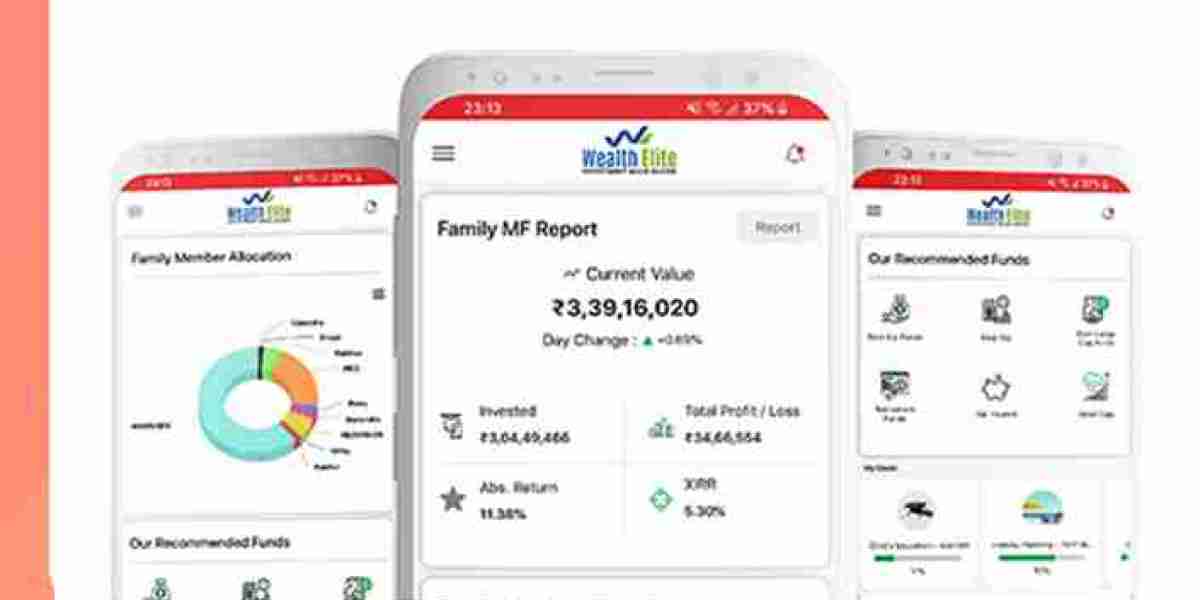Mutual fund distributors (MFDs) play a pivotal role in connecting investors with the right mutual fund schemes. But MFDs don’t work alone—they often rely on sub-brokers to expand their client base and manage a wider network. While this partnership model helps grow their business, managing payouts for sub-brokers manually can be a tedious and error-prone task.
That’s where mutual fund software for distributors steps in with a solution: Rate Cards and a streamlined Payout Process. These features simplify and automate the payout process, reducing errors and saving valuable time for MFDs.
What is a Rate Card and Payout Process?
The Rate Card is a structured way for MFDs to define and assign commission percentages to sub-brokers based on different categories. So, basically, it's a blueprint to set commission rates.
The Payout Process is the next step, where MFDs calculate and verify the commissions earned by sub-brokers for a given period and document the details without manual calculations. While the software doesn’t handle actual payments, it ensures accurate data for payouts, reducing manual and calculation errors.
Features of the Rate Card
The Rate Card feature is a game-changer for MFDs in mutual fund software for distributors in India managing a network of sub-brokers. Here’s how it simplifies the process:
1. Create a Rate Card
MFDs can create customized rate cards and assign commission percentages based on categories like “Gold” or “Silver.” For example, a “Gold” sub-broker may earn a higher percentage commission than a “Silver” one.
This flexibility allows professionals like mutual fund distributors to define payout structures that reflect the contribution and performance of their sub-brokers.
2. Sub-Broker Category History
With this feature, MFDs can view the entire history of their rate card categories, including:
● Creation Date: Know when the category was created.
● Sub-Broker Details: Check how many sub-brokers are assigned to each category.
● Mapping History: Track when sub-brokers were added or removed from a category.
This provides transparency and ensures accurate records for every sub-broker associated with the MFD.
3. Sub-Broker List
MFDs can access a comprehensive list of sub-brokers, including:
● Sub-broker names and codes.
● Their assigned categories.
● Mapping status (whether they’re mapped or unmapped).
Additionally, MFDs can take actions like mapping a new sub-broker, moving them to a different category, or unmapping them as needed. This organized approach eliminates confusion and helps MFDs stay on top of their network.
An Easy Payout Process
Once the rate card is in place, the payout process, which is the net step, becomes much simpler. Here’s how it works:
1. Calculate Earnings
MFDs can select the sub-brokers for a specific month and category to view their total earnings. The software automatically calculates the amount based on the predefined rate card, ensuring accuracy.
2. Verify and Adjust
Before finalizing the payout, MFDs can review the details, such as:
● Total earnings for each sub-broker.
● Transaction dates.
● Adjustments to the percentage or amount, if necessary.
This flexibility allows MFDs to make corrections on the go.
3. Save and Export Data
Once verified, MFDs can save the payout details and export the data in Excel or email it to themselves. This creates a clear record of:
● Earnings generated by each sub-broker.
● Amounts paid out.
While the wealth management software doesn’t facilitate direct payments, it eliminates manual calculations, making the entire process smooth and error-free.
Why Is This Necessary Today?
The financial landscape is evolving rapidly, and MFDs need to adapt to stay competitive. Here are some reasons why automated payout management is essential:
1. Saves Time
Manually calculating sub-broker payouts can take hours, especially for large networks. Mutual fund software automates these calculations, freeing up time for MFDs to focus on business growth.
2. Reduces Errors
Human errors in manual calculations can lead to disputes and mistrust. With portfolio management software, MFDs ensure accurate payouts every time.
3. Enhances Transparency
Sub-brokers appreciate clear and timely communication regarding their earnings. The rate card and payout process create a transparent system that builds trust.
4. Scales Seamlessly
As MFD networks grow, managing payouts manually becomes increasingly complex. Software solutions allow MFDs to scale their operations without worrying about administrative bottlenecks.
Conclusion
MFDs need the Rate Card and Payout Process features, to address the challenges of managing sub-broker payouts effectively. By automating calculations, offering transparency, and reducing errors, this software empowers MFDs to focus on their core goal—growing their business and serving clients better.







